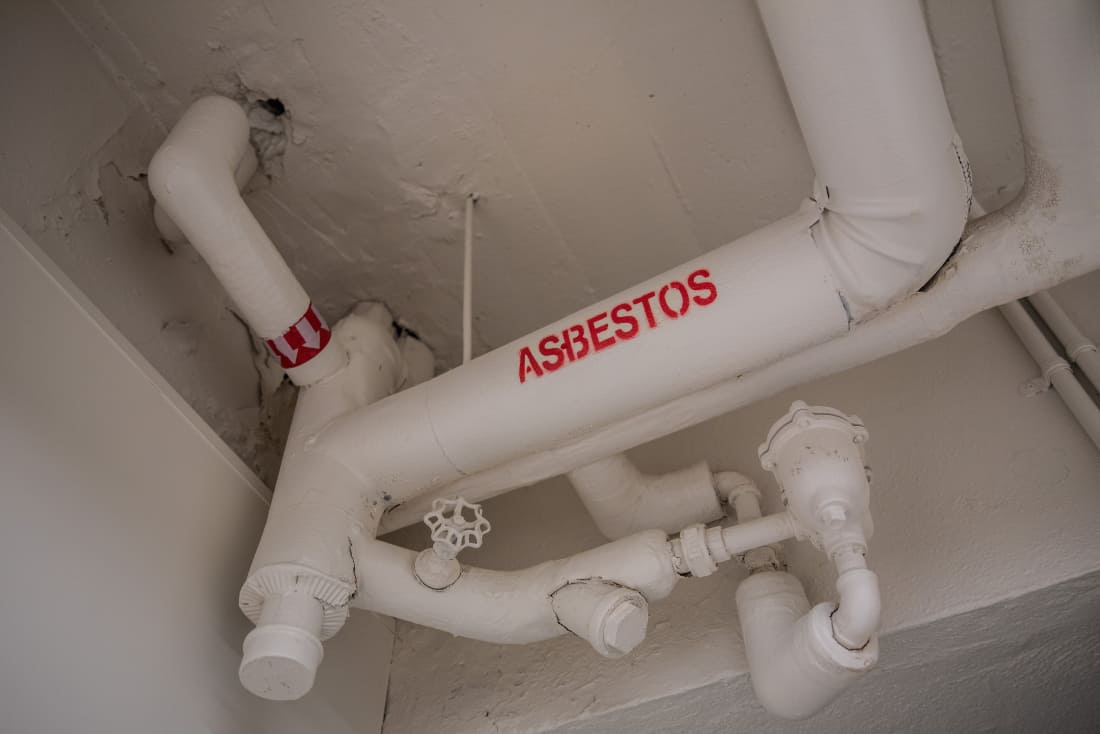
The audit was announced in April 2019 by Safety Resources. Now, the university’s Asbestos Management Program is conducting it.
In an email to the Sheaf, program coordinator Jaime Joyes, says that the audit is “continuing throughout the different buildings on campus.”
“A consultant is updating the asbestos database to ensure that it is accurate,” Joyes said.
The database for asbestos shows where the material is present in campus buildings. Given that asbestos fibres are harmful if inhaled, the database is used to ensure the safety of staff, students and faculty. When they are airborne, long-term exposure to asbestos can lead to a cancer called mesothelioma, which is the number one cause for workplace-related death in Canada. It also leads to chronic illnesses such as asbestosis and pleuritis, among others.
Once the audit is completed, the university will establish priorities for asbestos abatement. This includes safely removing and disposing of asbestos or encapsulating the material to prevent the exposure of fibers. The abatement process will depend on which areas asbestos pose the highest risk.
The AMP is also involved in educating the public on misconceptions about asbestos, explaining how abatement can impact building occupants and answering questions.
For now, the priority is to ensure the audit is conducted safely and correctly.
“Many departments on campus work with Safety Resources to ensure that projects and maintenance of the buildings can be conducted in a safe manner, and to ensure that the Occupational Health and Safety regulations for asbestos are followed,” Joyes said.
—
Fiza Baloch | Staff Writer
Photo: Victoria Becker